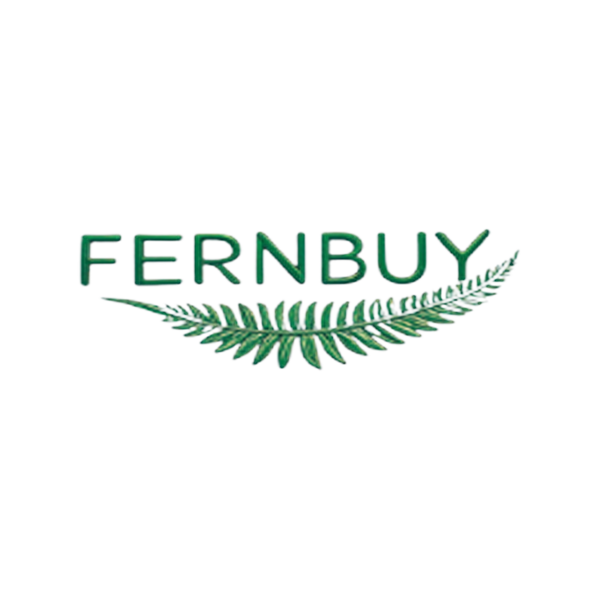The River That Died
Share
The river used to sing.
Not in words, but in the constant rush of its current, the playful slap of waves against the banks, and the laughter of children swimming in its cool embrace. It was the kind of river that shaped lives — feeding farms, quenching thirst, and carrying stories from one village to the next.
Then one day, the river fell silent.
The Slow Poisoning
It didn’t happen overnight. It never does.
First came the factories, setting up along its banks for “easy access to water.” Their chimneys puffed into the sky while their pipes quietly bled waste into the current.
Next came the plastic — bottles, wrappers, bags — thrown in carelessly, swept away downstream. “Out of sight, out of mind.”
The fish started disappearing first.
Then the frogs.
Then the birds that fed on them.
By the time people realized the water was making them sick, the damage was almost beyond repair.
A Tragic Turn
One summer, during a record-breaking drought, the riverbed cracked open like old leather. The water was gone. The smell of rot filled the air.
It wasn’t just an environmental tragedy — it was an economic and cultural collapse.
Farmers walked away from their land.
Women who once washed clothes by the shore now carried buckets for miles.
Children no longer learned to swim.
The river — their lifeline — was dead.
The Turning Point
It took one old fisherman to wake the village up.
He stood in the empty riverbed holding his net, ragged and useless, and said,
“When we killed the river, we killed a part of ourselves.”
Something in that sentence broke through the apathy.
The Long Resurrection
The villagers formed a committee. Then a movement. Then an alliance with neighboring towns. They started small:
-
Cleaning plastic from the banks.
-
Building natural filtration ponds.
-
Planting reeds and water-loving plants to stabilize the soil.
Within a year, small streams began to trickle back.
Within three, fish returned.
By the fifth year, the river was flowing again — not as strong as before, but alive.
The Lesson
We like to think of nature as something we “use.” The truth is, it’s something we belong to.
A river doesn’t just run through our land — it runs through our lives.
If we poison it, we poison ourselves.
If we heal it, we heal our community.
Funny thing?
Scientists later found that the reed beds planted by the villagers not only filtered toxins, but also absorbed more carbon than the same area of forest. The river wasn’t just alive again — it was now a climate hero.
